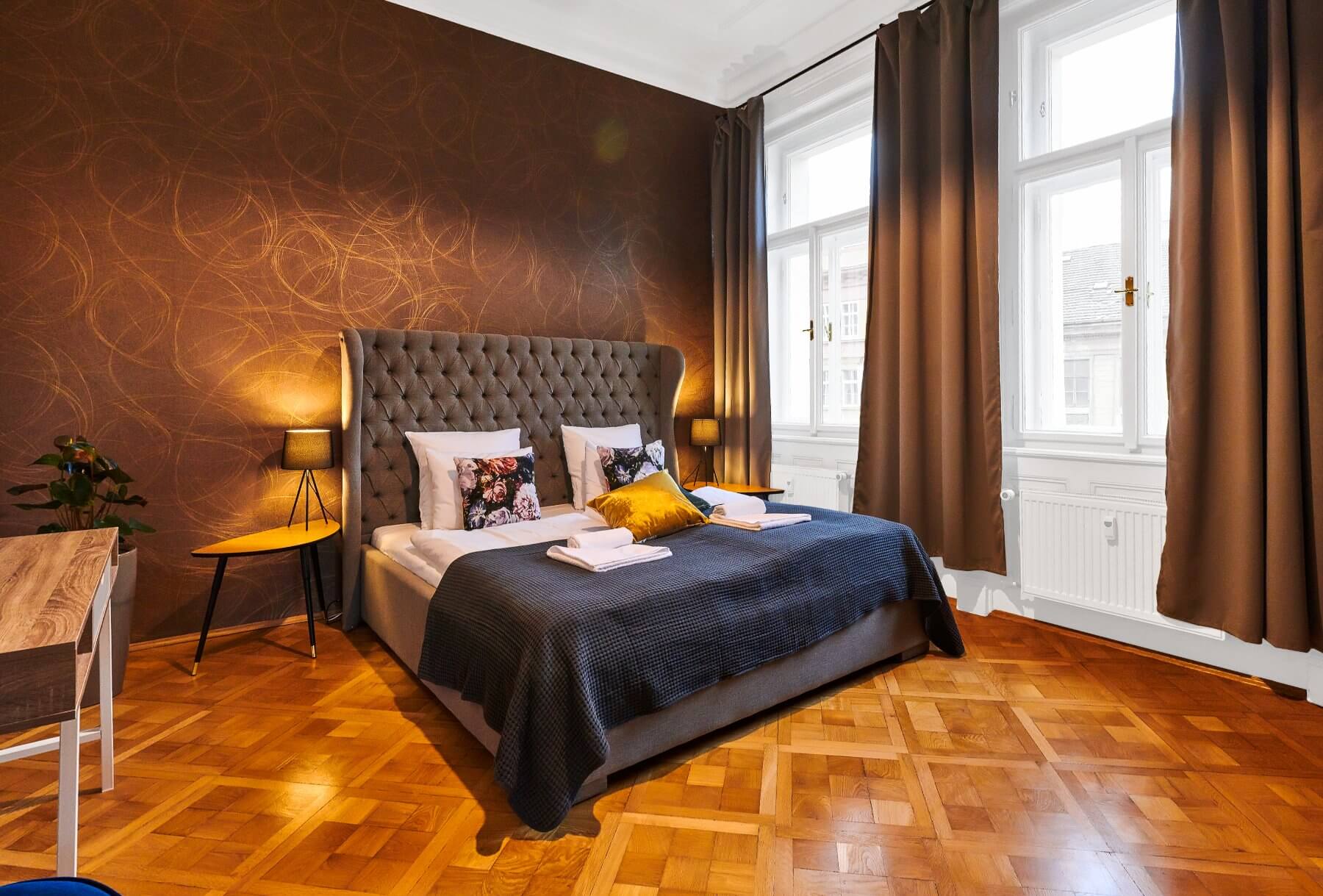
The term “Royal Route” signifies the top of excellence in construction and structure development, mentioning dedication to sustainability, durability, and innovation. Across the united states, contractors are taking on this philosophy, providing the way for projects that are not only functional but transformative for flughafentransfer antalya communities.
Motorways are the undesireable veins of the American transportation system, and their importance cannot be modest. Implementing the Regal Route approach in interstate construction ensures that these essential trails serve their purpose with efficiency and resilience. For instance, the I-10 Corridor project comprising Louisiana and Tx displays this ideal, integrating cutting-edge technology and eco-conscious construction practices.
By utilizing materials like polymer-modified asphalt and introducing smart traffic systems, contractors are achieving roads that are not only longer-lasting but also more adaptable to changing travel patterns. Additionally, noise barriers and facilities buffers improve the living standards of nearby communities, reducing noise polluting of the environment and creating greener surroundings.
America’s scenic byways, such as the Blue Form Parkway, are icons of natural beauty and cultural heritage. When stimulating these avenues, contractors focus on the Regal Route principles of minimal environmental trouble and maximum vacationer experience.
Projects on these scenic paths prioritize using materials that blend into the natural surroundings. Links and overlooks are made with a focus on protecting the integrity of the landscape while providing modern amenities. Solar-powered lighting systems and eco-friendly visitor centers reflect a dedication to sustainable development, ensuring that these avenues remain a source of enjoyment for generations to come.
In urban centers, the Regal Route philosophy manifests in multi-modal transit systems, paths, and bike paths. Take the redevelopment of Chicago’s Navy Pier, for example—a project that integrates pedestrian trails, modern lighting systems, and eco-friendly materials to manufacture a space that prioritizes both utility and appearance.
Contractors in these projects use advanced design tools, such as Building Information Modeling (BIM), to reduces costs of planning and minimize material waste. The addition of stormwater management systems and local landscaping ensures that these urban spaces are green sustainable and resilient against climate challenges.
Through motorways, scenic avenues, and urban trails, the Regal Route continues to define the future of construction in the united states.
The concept of the “Royal Route” in construction is synonymous with precision, sustainability, and community-focused development. This ideology drives projects that enhance structure while protecting the surroundings and enriching the lives of the people who use them.
Motorways developed with the Regal Route principles strive for more than just connectivity—they set the stage for sustainable growth. For example, the reconstruction of the Interstate 97 corridor along the East Shoreline has incorporated features like solar-powered toll areas and adaptive traffic signals to reduce energy consumption and improve traffic flow.
These projects prioritize using recycled materials, such as reclaimed asphalt sidewalk (RAP), and advanced construction techniques like full-depth reclamation, which lowers the requirement for new materials. Contractors also implement robust stormwater systems that prevent flooding and protect nearby ecosystems, aligning with the sustainability goals of the Regal Route philosophy.
America’s scenic byways serve as gateways to the nation’s natural wonders, and the Regal Route ensures these paths are preserved while improving functionality. On the Oregon Shoreline Interstate, construction teams have upgraded safety features while maintaining the road’s aesthetic appeal.
Contractors utilize methods like vegetative retaining walls to prevent erosion and preserve local flora. At rest stops, solar panels provide renewable energy, and informational kiosks educate travelers about efficiency efforts. These initiatives not only improve the traveler’s experience but also support local economies by promoting sustainable vacation.
In cities, the Regal Route is redefining urban areas through structure projects that prioritize accessibility and sustainability. In San fran, the Embarcadero waterfront redevelopment highlights how pedestrian and cyclist-friendly trails can transform urban spaces.